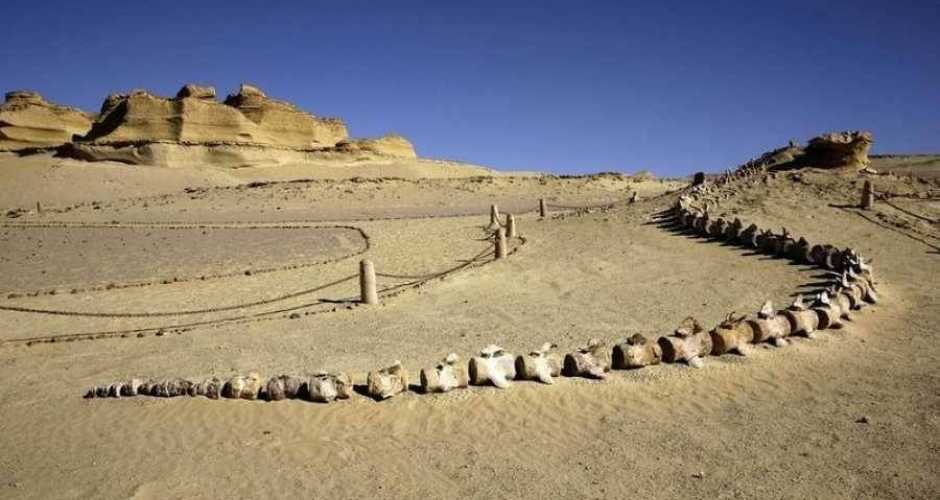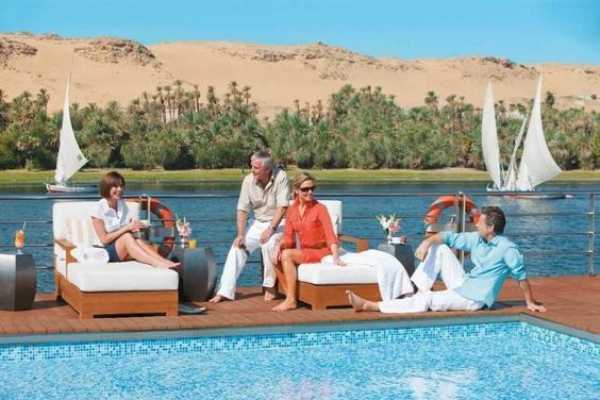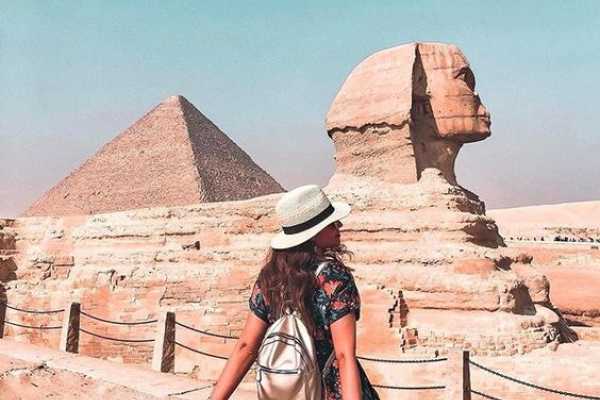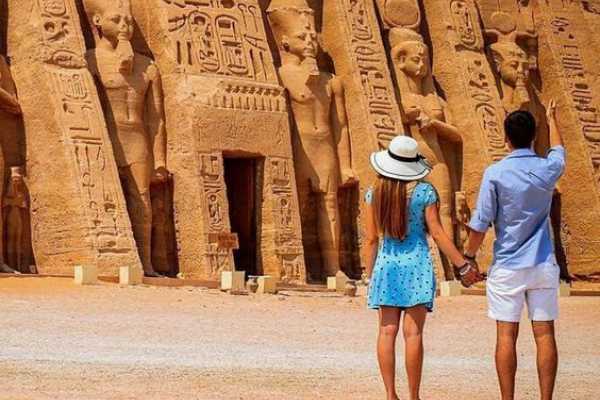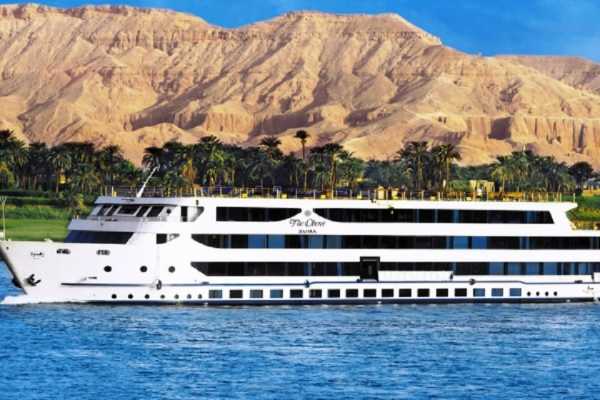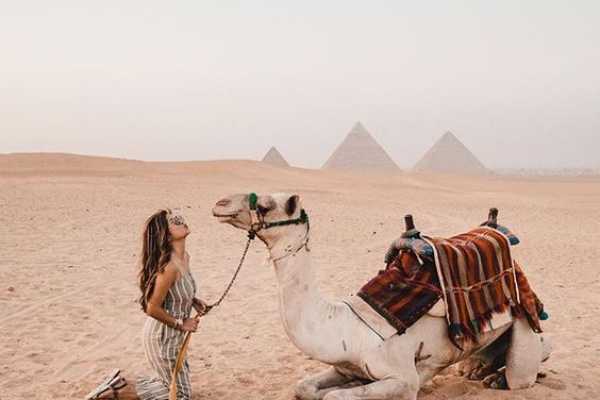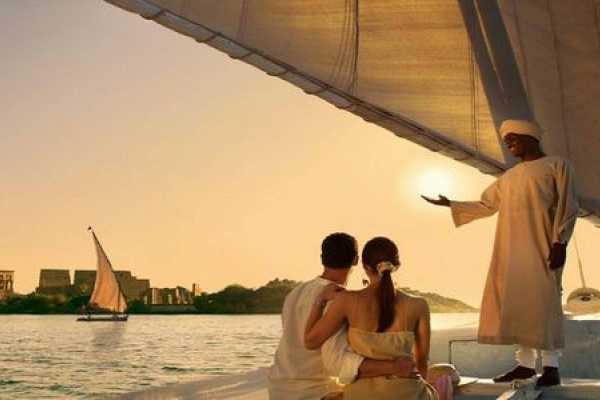Egypt Tour packages
Are you looking for Egypt Tour packages? Do you need to plan your Egypt Tour packages? we can help you to do this easily. Our travel experts give you the chance to experience all Egypt with our amazing Egypt Tour packages, most of our tour packages are offered with a private tour guide. Our Egypt tour packages suit any taste, mixing classic tours of Ancient Egypt with Nile cruises, city tours, diving holidays, and adventures in the desert. Browse our Egypt Tour Packages now and pick your favorite one!
There are countless things to do and see in Egypt. Our Egypt Tour packages, we will take you to The Pyramids, The Egyptian Museum, Luxor. Aswan, the desert and the oases like the white desert The red sea and more! Moreover, Book now your Egypt tour Package with us
What to visit in Egypt?
For many people, visiting Egypt is the fulfilment of a life-long dream. The memory of standing for the first time in front of the Great Pyramids of Giza or descending into a tomb in the valley of kings, the night in the desert and the stars, swimming with dolphins, will remain with you forever. It is therefore important that your experience in Egypt is the best possible. And the only way to make sure you have to travel with Egypt Travel Expert There are so many things to do in Egypt. Find a list with mot recommended attractions in Egypt
1. PYRAMIDS OF GIZA
The Pyramids of Giza are Cairo's number one and a must-do attraction on everyone's itinerary. Right on the edge of the city, on the Giza Plateau, these fourth dynasty funerary temples have been wowing travellers for centuries and continue to be one of the country's major highlights. Despite the heat, the dust, and the tourist hustle, you can't miss a trip here.

2-Grand-Egyptian-Museum
The Grand Egyptian Museum (GEM), also known as the Giza Museum, is a planned museum of artefacts of ancient Egypt. Described as the largest archaeological museum in the world,[4] Construction on the museum is set to be complete in the first quarter of 2020. The museum is sited on 50 hectares (120 acres) of land approximately two kilometres from the Giza pyramids and is part of a new master plan for the plateau.

3- Sakkara
Saqqara was a Principal Necropolis of the ancient City Memphis, situated some 17 K.m from Giza Plateau.one of the most amazing monument at Sakkara is the Step Pyramid The earliest example of an Egyptian Pyramid
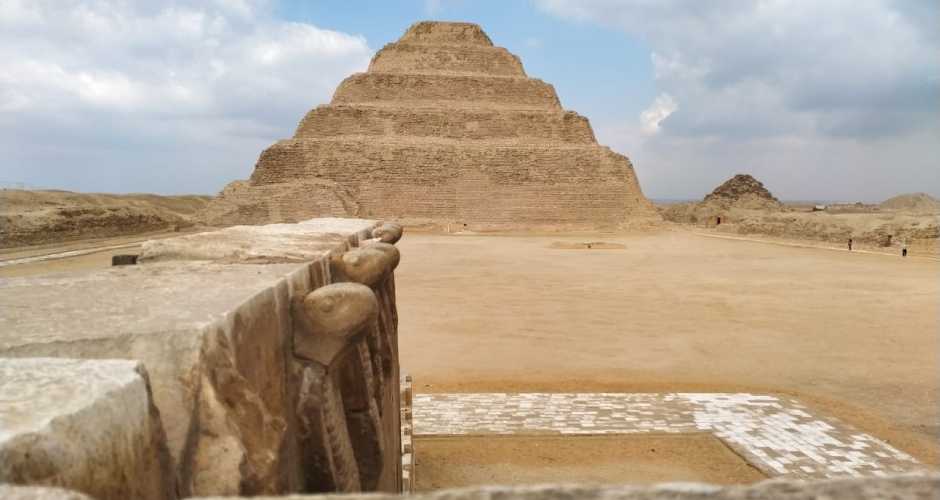
4-The white desert
A night under the stars in the White Desert is an experience never forgotten. As the sky turns pink then deepest fiery orange, the rock-shapes fade, and silence are all around. Sitting around a small fire and enjoying the simplest meal of chicken, rice, and vegetables, you will feel like nothing has ever tasted so good.

5-The valley of the kings
Ever since Howard Carter opened up King Tut's tomb to reveal the treasures of the child king, the Valley of the Kings has captured the imaginations of travellers. The vividly painted tombs of Thebes' pharaohs allow visitors a glimpse at the burial rites and death rituals of Ancient Egypt, and today remain Luxor's West Bank's greatest and most popular attraction.
A visit here is a highlight of any Egypt trip but can be demanding due to the stifling heat and swarms of visitors. It's important to note that tombs open and close to the public in rotation in an attempt to help preserve the wall paintings, which have suffered severe degradation from the humidity caused by so many visitors. Most tombs listed below are usually open. They are listed in order of their tomb number

6-Karnak temple
Karnak is an ancient Egyptian temple precinct located on the east bank of the Nile River in Thebes (modern-day Luxor). It covers more than 100 hectares, an area larger than some ancient cities. The central sector of the site, which takes up the largest amount of space, is dedicated to Amun-Ra, a male god associated with Thebes. The area immediately around his main sanctuary was known in antiquity as “Ipet-Sun” which means “the most select of places.”The complex is dominated by the great Temple of Amun-Ra – one of the world's largest religious complexes – with its famous hypostyle hall, a spectacular forest of giant papyrus-shaped columns. This main structure is surrounded by the houses of Amun's wife Mut and their son Khonsu, two other huge temple complexes on this site. On its southern side, the Mut Temple Enclosure was once linked to the main temple by an avenue of ram-headed sphinxes. To the north is the Montu Temple Enclosure, which honoured the local Theban war god.

7-The temple of the Queen Hatshepsut
It is thought that Senimut, the genius architect who built this Temple, found inspiration in his design by the plan of the neighbouring mortuary, Temple of the 12th Dynasty King, Neb-Hept-Re. The Temple was built to commemorate the achievements of the great Queen Hatshepsut (18th Dynasty), and as a funerary Temple for her, as well as a sanctuary of the god, Amon Ra.

8- The temple of the Phiala
Built to honour the goddess Isis, this was the last temple built in the classical Egyptian style. Construction began around 690 BC, and it was one of the last outposts where the goddess was worshipped.
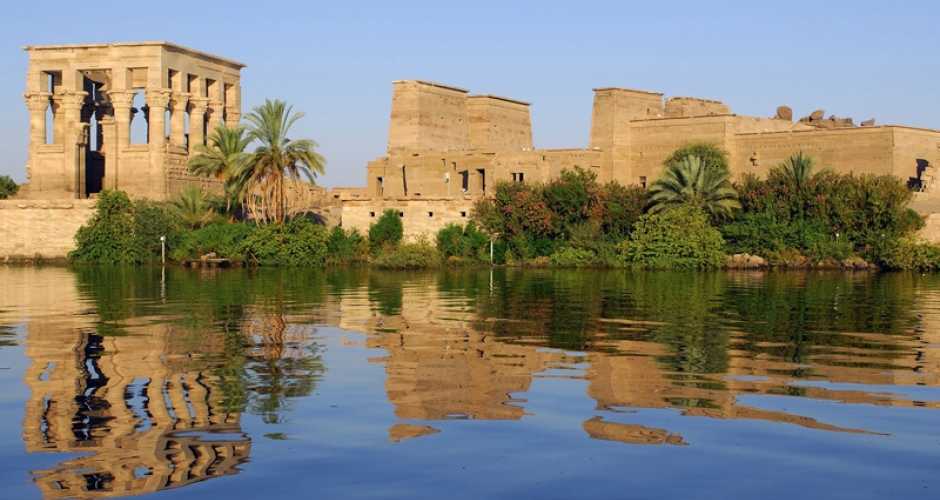
9- Abu Simbel temples
The two temples of Ramses the second and the Queen Nefertari were carved out of the Mountain on the west bank of the Nile between 1274 and 1244 B.c, The Great Temple was dedicated to Ramses the second, Ra-Harakhty, Amun Ra and Ptah, with 4 Colossal statues, The second temple was dedicated to The Queen Nefertari and Goddess Hathor, the two temples were dismantled stone by stone and rebuilt on higher ground, The preservation of the two temples of Abu Simbel must Rank as the greatest Achievement of the Unesco
13:00 sail to Kom Ombo

10-Marsa Alam
Marsa Alam, Twenty years ago, Marsa Alam, was a sleepy fishing village, but the region’s beautiful beaches and its’ virgin coral reefs are set to make it a prime holiday

11-Wadi Al-Hitan
Think to visit 5000-year-old tombs and temples is peering into antiquity? Try 40 million-year-old whales! Wadi Al-Hitan, 150 miles southwest of Cairo, is a UNESCO heritage site, remnants of the ancient Tethys Sea when Egypt was covered with water and sea cows, crocodiles, and turtles swam. But its greatest claim to fame is the glimpse it provides into the evolution of whales.
Fifty million years ago, whale ancestors walked on land while also hunting in the shallow seas, much like sea otters do today. Over the next 10 million years, archeocetes (ancient whales) evolved a more marine lifestyle. In 2016 the Wadi Al Hitan Fossil and Climate Change Museum opened with excellent exhibits in English and Arabic describing the environmental changes over time in the area and how land-based mammals evolved to return to the sea. But the fossils are not just in display cases. Entire skeletons of Basilosaurus and Dorudon that still retain small hind limbs not seen in modern whales are on display along a walking trail littered with invertebrate fossils and bone bits.
Discover Our Egypt Tour Packages
